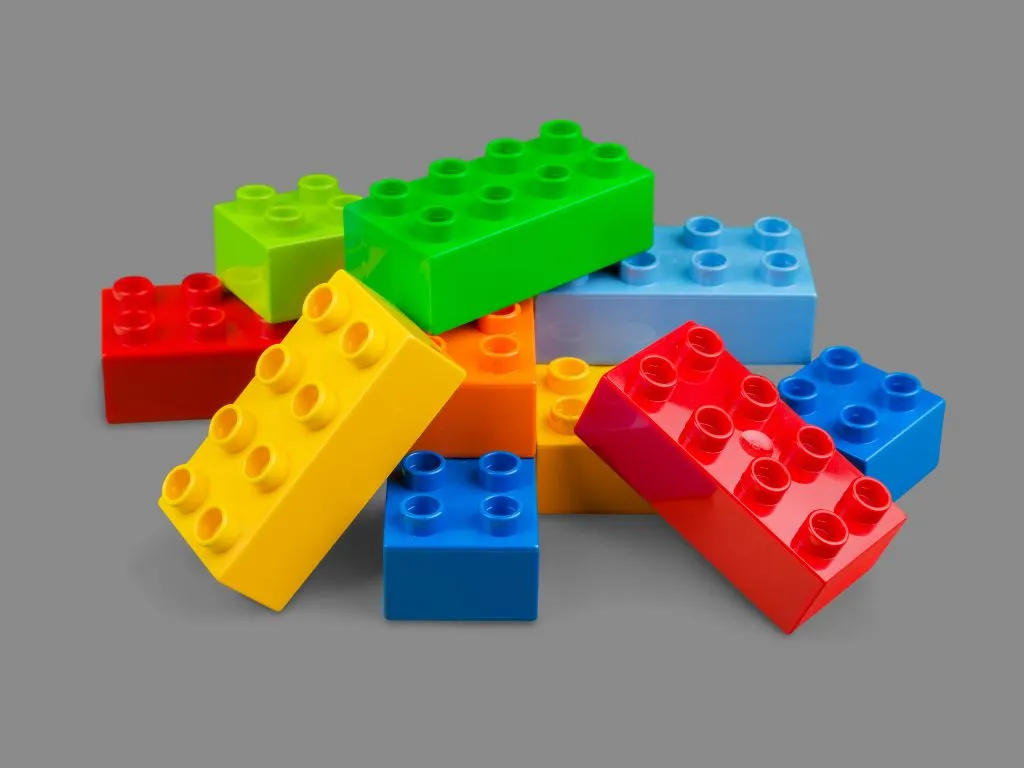

Reference source : Bureau of Indian Standards (BIS)
In June 2024, the Bureau of Indian Standards (BIS) released the first draft standard on ultramarine blue for use as a colourant in plastics for toys and food contact material. The draft is currently open for public comment until 23 August 2024.
This draft also cites standard IS 9833:2018 which was already released in 2018, which lists colourants that can be safely used in FCMs. But due to the high toxicity risk, there is a strong demand to limit the lead and sulphur content in the ultramarine blue for application in both FCM and children’s toys. For this reason, a new standard specifically for ultramarine blue has been drafted.
Substance Limits in Draft Standard
The maximum threshold limits for heavy metals and other restricted substances in ultramarine blue are listed as follows in the draft Standard:
|
Restricted Entity |
Maximum Threshold Limit (% by weight) |
|
Volatile matter |
1.0 |
|
Matter soluble in water |
1.0 |
|
Oil absorption |
30-40 |
|
Alkalinity as Na2CO3 |
0.1 |
|
Free Sulphur |
0.02 |
|
Lead as Pb |
0.002 |
|
Chloride as NaCl |
0.4 |
|
Sulphates as Na2SO4 |
0.6 |
Good Manufacturing Practices, Testing and Labelling
The draft Standard emphasizes the importance of Good Manufacturing Practices (GMP). It specifies that whenever testing is conducted as per standard IS 9845 the colourant should not bleed or migrate from a product into food, nor should it show indications of instability or degradation in each process.
Each container of ultramarine blue shall be labelled with:
Name of material
Manufacturer’s name
Trademark (if available)
Net weight
Lot/Batch number
BIS Certification Marking
Products that meet the requirements of the standard can be certified according to the conformity assessment schemes under the Bureau of Indian Standards Act, 2016, along with its associated Rules and Regulations. These certified products may then be marked with the Standard Mark.
If you want to access the GHS report, please Register here in GPC Intelligence Portal click here
